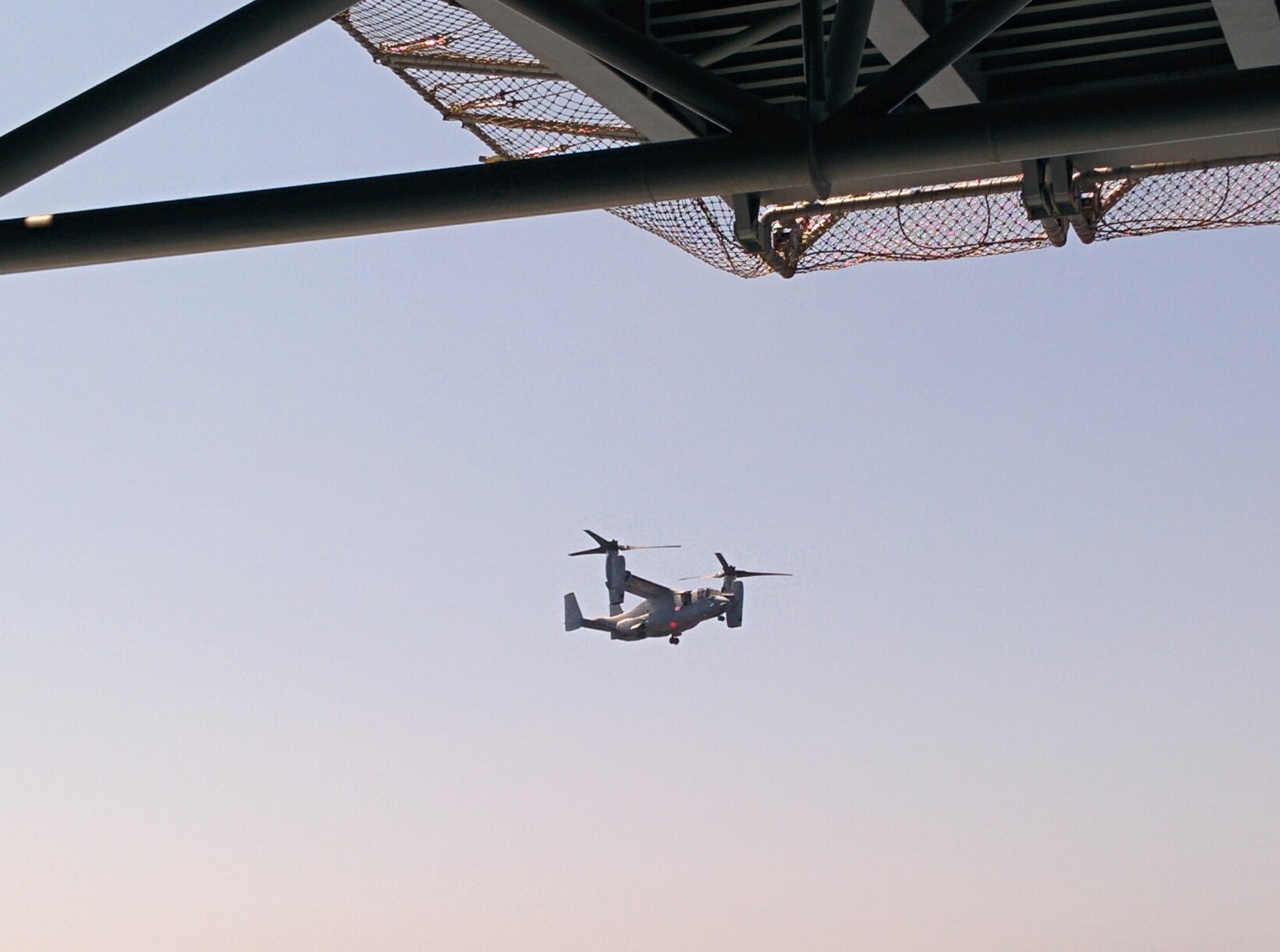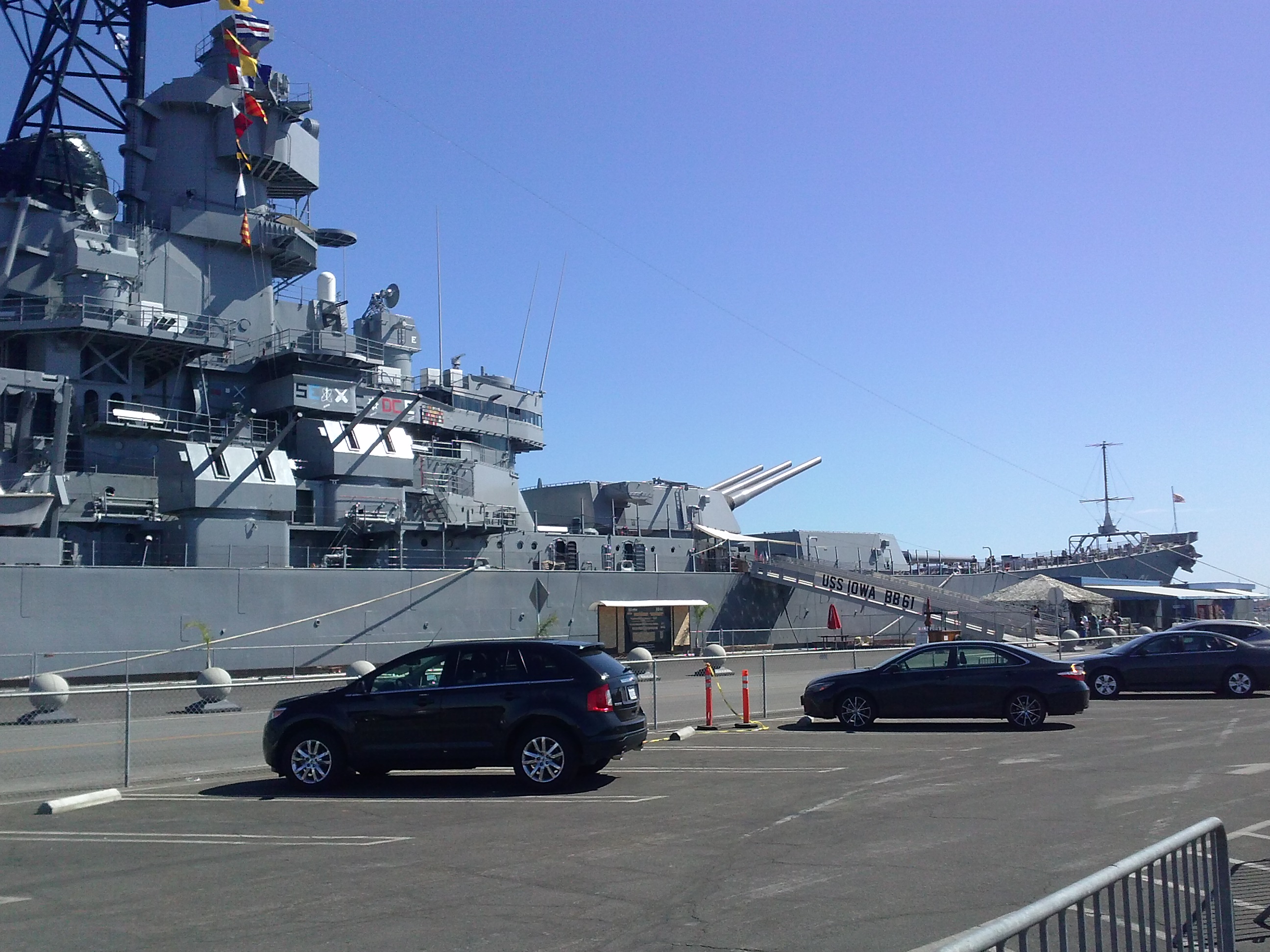Putin’s announcement last week of several new and improved strategic systems has thrown the internet into a frenzy. They will supposedly render US ABM systems useless and, at least if you listen to some of the more hysterical pundits, completely change warfare as we know it.
Fortunately for the US, none of this is true. The systems announced are either fairly mundane or likely vaporware. Of course, recognizing this requires familiarity with military economics and nuclear history, so perhaps we shouldn’t be surprised that so many people are freaking out. In fact, it appears that Putin has simply taken a list of abandoned strategic weapons systems, repackaged them, and brought them out for political reasons.
We’ll start with the nuclear-powered cruise missile. This is not a new idea. The US investigated it extensively during the 50s, and ultimately decided against it. Nuclear reactors are heavy compared to conventional systems of similar power, and nearly impossible to test, given the risks of nuclear contamination if something goes wrong. Why Putin would buy a risky, expensive, and strategically dubious missile is not clear. Russia is traditionally very concerned with maintaining positive control over nuclear weapons, and having them flying around on an unmanned platform is not exactly likely to make anyone comfortable. Particularly given the communications problems involved in using a weapon like this effectively, I believe it to be a fake.
The nuclear-powered minisubmarine is much the same. Nobody wants to let nuclear weapons run around the oceans unattended, and communications have always been the Achilles heel of submarine operations. The characteristics described don’t go well together, as high speed means lots of noise and a relatively large size, while being undetectable also drives up size. The concept of using underwater vehicles to attack ports dates back to the initial plans for the first Soviet nuclear attack submarine, the November class.
The hypersonic glider is somewhat more plausible, although as is fairly common, the characteristics are rather overstated. Hypersonic aerodynamics are inherently inefficient, which means that range is somewhat limited and maneuver capability is nowhere near what proponents would have you believe. Too much maneuver means that you run out of energy and fall short of the target. The inconsistent information we’ve gotten on this one, such as very different speed values, make me classify it as probable vaporware.
The RS-28 ICBM is a fairly mundane development. They're building a new heavy ICBM because their previous one is made in Ukraine, but it’s not a game-changer. The ability to attack over the south pole is also not particularly novel, although the deployment of a missile with this capability does suggest a new Russian attitude towards arms control, which might profitably be answered with a similar attitude on the part of the US.
The Kinzhal hypersonic missile was quickly identified by the internet as an air-launched version of the existing Iskander ballistic missile. This is yet another system with roots in the Cold War, and it’s nowhere near as revolutionary as it’s made out to be. Iskander is an impressive weapon, but it’s not exempt from the laws of physics, and it’s well within the envelope of the SM-3 and SM-6 missiles. It’s also the subject of inconsistent performance claims, some of which are clearly stated to be terrifying when they actually aren’t. One mode is “a 90-degree dive at 7-800 m/s”. This sounds impressive, but it’s only about Mach 2.5. It could be useful if you’re attacking a missile site that doesn’t have another one covering it, but this is not the case at sea, and Mach 2.5 is well within the envelope of most SAMs.
The last system announced was a laser point-defense system for base protection. This is not a strategic system, and I’m not really qualified to evaluate how useful it is. Similar systems have been under development for years in the US, and have even been deployed for operational evaluation.
Putin blamed US missile defenses for the array of new weapons, but this is utter nonsense. The US has 44 ABMs with capability against ICBMs, mostly in Alaska. These are positioned to protect the US against missiles from North Korea, which also gives some protection against China. The Russians have enough missiles to comfortably overwhelm the existing GMD system, and most of them are on trajectories that are not within the system’s engagement zone anyway. It does bear pointing out, though, that he’d have no reason to do this if ABM systems are as ineffective as their detractors claim.
So what is he up to, then? Again, we must look back to the Cold War. During that conflict, the Russians twice managed to convince the US that they had a major edge in strategic weapons, first bombers and then missiles. In both cases, the US was comfortably ahead, but bad intelligence and Soviet deceptions lead to panic in the west. Later, Reagan used a similar strategy. Fake black programs were set up and details were “leaked” to the Russians, with massive funding flowing to programs in an attempt to duplicate American technology that never existed in the first place. The strain of these programs played a vital part in bringing about the collapse of the Soviet Union.
There’s also a domestic political angle. The Russian presidential election is on March 18th, and Putin is presumably trying to bring the opinion the country more in line with the election results.
The other big question missed by the media is how all of this is being funded. Russia’s GDP is smaller than that of South Korea in nominal terms, and just behind Germany in PPP terms. Even with the mess that most of the west has made of military equipment procurement, it’s hard to see them being able to fund a strategic buildup of this magnitude, particularly when combined with ongoing operations in Syria and Ukraine, and the modernization of their conventional forces that we see articles about every so often.
Ultimately, since the end of the Cold War, the Russians have established themselves as masters of military vaporware. Their systems arrive late or not at all, and it’s impossible to definitively say just how effective they are when they get there. Putin’s latest announcement of a bunch of repackaged Cold War-era concepts is entirely in line with traditional Russian strategy. Hopefully we’re smart enough to avoid playing into his hands this time.
2024 Update: Fortunately, we haven't gotten clear information on most of these systems, but my view on the Kinzal has been amply confirmed. In 2023, the Russians used a number against Ukraine, and Patriot has performed very well against them. Weirdly, they do seem to have actually gone in and built the nuclear-armed minisubmarine and claim to be working on the nuclear-powered cruise missile. That said, I remain skeptical of how far they will go with either system.










Recent Comments